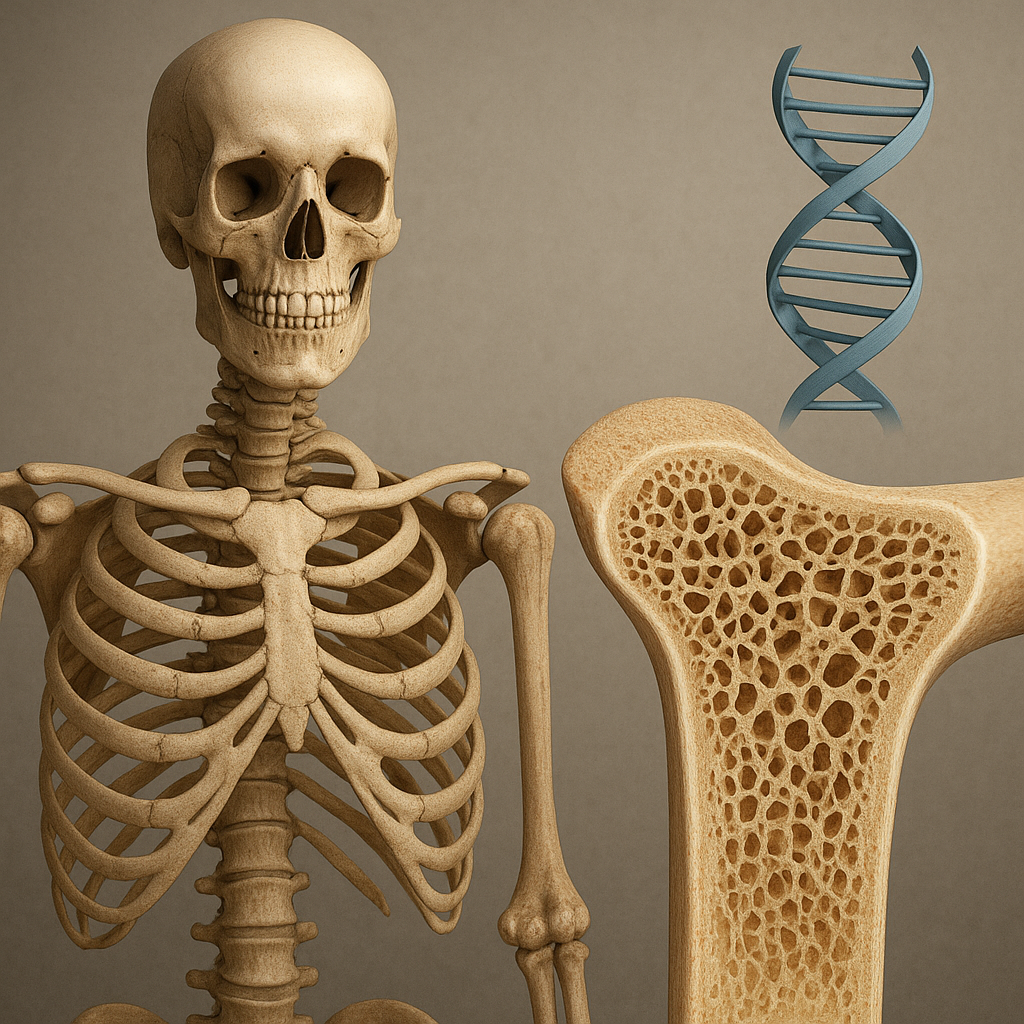Bone cancer is a rare but serious condition that affects the bones and can lead to significant health challenges. Understanding the various types of bone cancer, their symptoms, and the available treatment options is crucial for early detection and effective management. This article delves into the different forms of bone cancer, their characteristics, and the latest advancements in treatment methodologies.
Types of Bone Cancer
Bone cancer can be classified into several types, each with distinct characteristics and implications for treatment. The primary types of bone cancer include:
- Osteosarcoma: This is the most common type of bone cancer, primarily affecting adolescents and young adults. Osteosarcoma typically originates in the long bones, such as the arms and legs, and is known for its aggressive nature.
- Ewing Sarcoma: Ewing sarcoma is another common type of bone cancer that usually occurs in children and young adults. It can develop in the bones or soft tissues and is characterized by its rapid growth and potential to metastasize.
- Chondrosarcoma: This type of cancer arises from cartilage cells and is more prevalent in adults. Chondrosarcoma can occur in any bone but is most commonly found in the pelvis, legs, and arms. It tends to grow slowly but can be quite aggressive in some cases.
- Fibrosarcoma: Fibrosarcoma originates in the fibrous tissue of the bone and is more common in adults. It can occur in any bone but is often found in the arms, legs, and jaw.
- Metastatic Bone Cancer: This refers to cancer that has spread to the bones from other parts of the body, such as the breast, prostate, or lung. Metastatic bone cancer is more common than primary bone cancers and can lead to significant complications.
Symptoms of Bone Cancer
Recognizing the symptoms of bone cancer is essential for early diagnosis and treatment. The symptoms can vary depending on the type and location of the cancer, but common signs include:
- Pain: Persistent pain in the affected bone is often the first symptom. The pain may worsen at night or with activity and can be accompanied by swelling.
- Swelling: Swelling or a noticeable lump near the affected area can occur as the tumor grows.
- Fractures: Weakened bones may lead to fractures, even with minimal trauma. This is particularly common in metastatic bone cancer.
- Fatigue: General fatigue and a feeling of weakness can accompany bone cancer, often due to the body’s response to the disease.
- Weight Loss: Unexplained weight loss may occur as the cancer progresses.
- Fever: In some cases, patients may experience fever or night sweats.
Diagnosis of Bone Cancer
Diagnosing bone cancer involves a combination of medical history, physical examinations, imaging tests, and biopsies. The process typically includes:
- Medical History and Physical Exam: A healthcare provider will review the patient’s medical history and conduct a physical examination to assess symptoms.
- Imaging Tests: X-rays, MRI scans, CT scans, and bone scans are commonly used to visualize the bones and identify any abnormalities.
- Biopsy: A definitive diagnosis is made through a biopsy, where a sample of the suspicious tissue is removed and examined under a microscope.
Treatment Options for Bone Cancer
Treatment for bone cancer depends on several factors, including the type of cancer, its stage, and the patient’s overall health. The main treatment modalities include:
Surgery
Surgery is often the primary treatment for localized bone cancer. The goal is to remove the tumor along with a margin of healthy tissue. In some cases, limb-salvage surgery may be performed to preserve the affected limb, while in others, amputation may be necessary.
Chemotherapy
Chemotherapy uses drugs to kill cancer cells or stop their growth. It is commonly used for osteosarcoma and Ewing sarcoma, often in combination with surgery. Chemotherapy may be administered before surgery (neoadjuvant therapy) to shrink the tumor or after surgery (adjuvant therapy) to eliminate any remaining cancer cells.
Radiation Therapy
Radiation therapy uses high-energy rays to target and kill cancer cells. It may be used in conjunction with surgery and chemotherapy, particularly for tumors that are difficult to remove surgically or for metastatic bone cancer.
Targeted Therapy
Targeted therapy involves using drugs that specifically target cancer cell characteristics, minimizing damage to normal cells. This approach is still being researched for various types of bone cancer but shows promise in improving outcomes.
Clinical Trials
Participation in clinical trials may provide access to new and innovative treatments that are not yet widely available. Patients should discuss the possibility of clinical trials with their healthcare team.
Living with Bone Cancer
Receiving a diagnosis of bone cancer can be overwhelming, but support is available. Patients are encouraged to seek emotional and psychological support from healthcare providers, support groups, and loved ones. Maintaining open communication with the healthcare team is essential for managing symptoms and side effects of treatment.
Conclusion
Bone cancer, while rare, poses significant health challenges that require prompt diagnosis and comprehensive treatment. Understanding the types, symptoms, and treatment options available can empower patients and their families to make informed decisions about their care. Ongoing research and advancements in treatment methodologies continue to improve outcomes for those affected by this disease. Early detection and a multidisciplinary approach to treatment are key factors in enhancing survival rates and quality of life for bone cancer patients.













